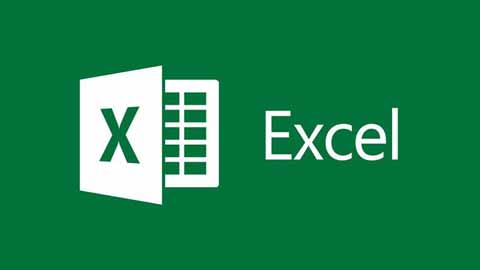Excel is one of the most widely used spreadsheet software in the world. It can help you organize, analyze and present data in many ways. Whether you are a student, a professional or an entrepreneur, having some basic Excel skills can boost your productivity and efficiency.
In this blog post, we’ll cover 5 basic Excel skills that every beginner should know.

Data entry and formatting
To enter data in Excel, you simply click on a cell and type what you want. You can use the arrow keys or the mouse to move to another cell. To edit data, you can either double-click on the cell or press F2 to activate the edit mode.
You can also use the backspace or delete keys to erase data. To confirm your changes, press enter or click on another cell. Formatting cells can make your data look more professional and easier to read.
You can change the font, size, color, alignment, border, fill and number format of your cells using the formatting tools on the Home tab.
You can also use the Format Painter tool to copy the format of one cell to another. To apply the same format to a range of cells, select them first and then use the formatting tools.
Formulas and functions
Formulas and functions are the heart of Excel. They allow you to perform calculations and operations on your data.
To enter a formula, you start with an equal sign (=) and then type the expression you want to calculate. You can use operators like +, -, *, / and ^ for basic arithmetic operations. You can also use cell references like A1 or B2 to refer to the values in other cells.
To enter a function, you start with an equal sign (=) and then type the name of the function followed by parentheses. You can use built-in functions like SUM, AVERAGE, COUNT, IF and VLOOKUP for common tasks.
You can also use the Insert Function button or the Formula tab to find and insert functions.
Sorting and filtering data
Sorting and filtering data can help you find and analyze the information you need. To sort data, you select the range of cells you want to sort and then use the Sort button on the Data tab. You can choose to sort by one or more columns, in ascending or descending order.
You can also use custom sort options to sort by color, icon or other criteria. To filter data, you select the range of cells you want to filter and then use the Filter button on the Data tab. You can use the drop-down arrows on each column header to filter by values, text, numbers, dates or colors. You can also use advanced filter options to filter by complex criteria.
Charts and graphs
Charts and graphs are visual ways to present your data and show trends, patterns or relationships. To create a chart or graph, you select the range of cells that contain the data you want to plot and then use the Insert tab to choose a chart type.
You can choose from various chart types like column, line, pie, bar, scatter and more. You can also use recommended charts to let Excel suggest a suitable chart for your data. After you create a chart or graph, you can customize it using the Chart Tools tabs that appear on the ribbon.
Managing worksheets
Worksheets are the individual pages in an Excel workbook where you store your data. You can have multiple worksheets in a workbook for different purposes or topics. To manage worksheets, you can use the sheet tabs at the bottom of the workbook window.
You can rename, move, copy, delete or insert worksheets using the right-click menu on the sheet tabs. You can also group worksheets together by holding down Ctrl or Shift while clicking on multiple sheet tabs. This allows you to apply changes to multiple worksheets at once.
These are some of the basic Excel skills that every beginner should know. By mastering these skills, you will be able to handle most of your everyday tasks with Excel with ease and confidence.